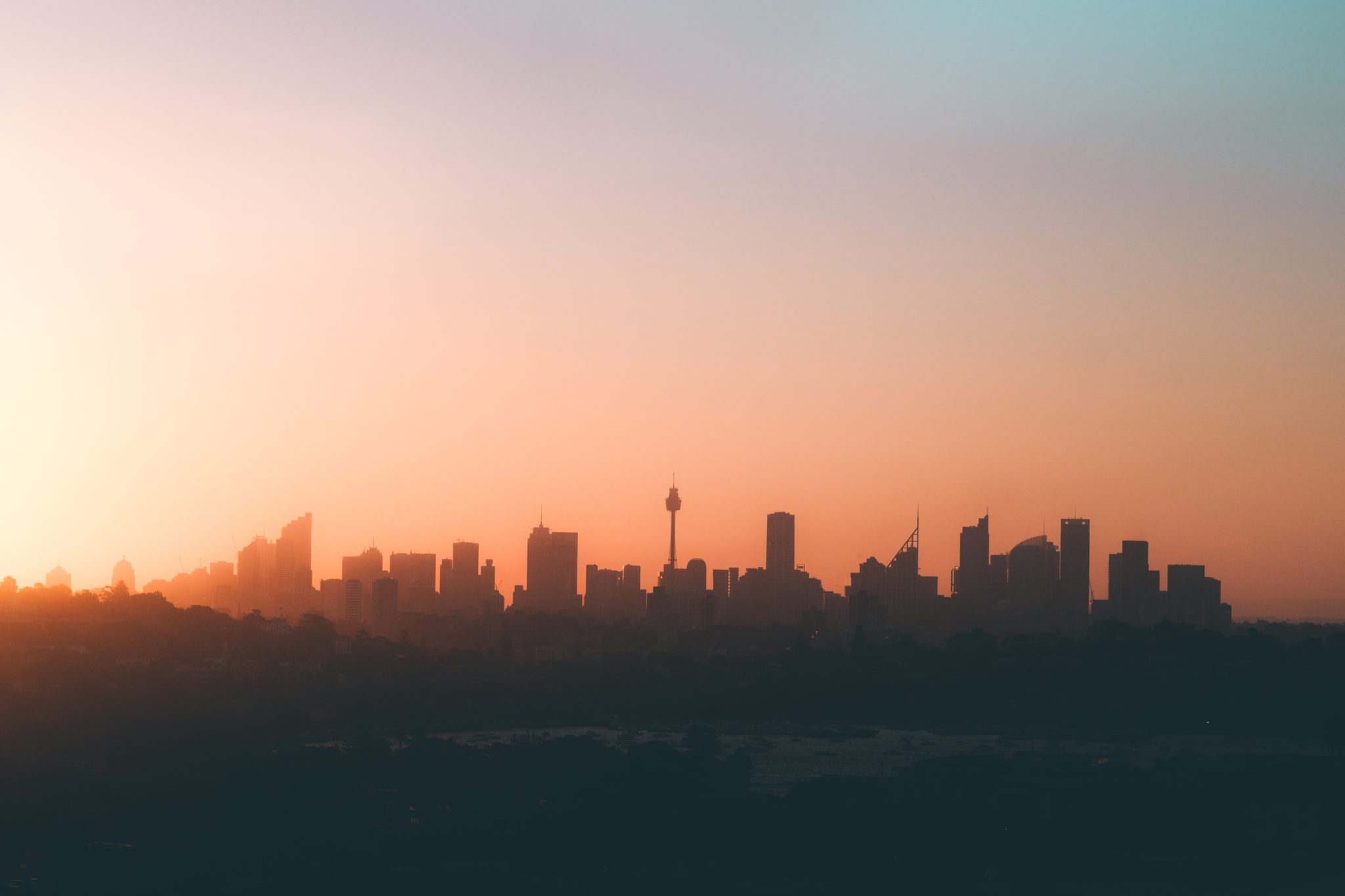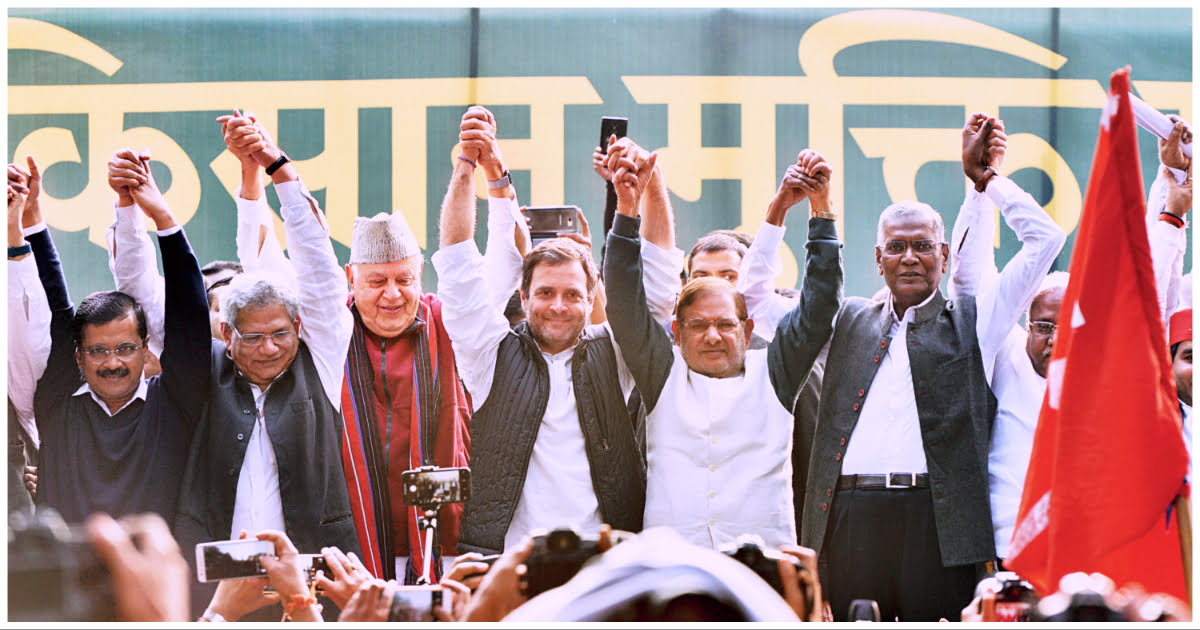BJP: “CM and Deputy CM are not in Delhi, and this is the height of ignorance. Both are absent while the national capital is suffering.”
AAP: “The pollution was in control in Delhi throughout the year, but this time (winters) every year, Delhi has to face severe pollution due to the Centre, and BJP-led Haryana and Congress-led Punjab governments.”
Congress: “We have been witnessing how both parties (BJP and AAP) indulge in hollow rhetoric without action against air pollution.”
This is what the major political parties of the country have to say about air pollution in Delhi. It should be noted that none of these statements talk about taking any concrete steps to improve the situation. Both the central and state government have failed to deal with this crisis. Public health has taken a back seat and this is yet another opportunity to play the blame game. Policies, laws, rules, and regulations do exist. But how far have authorities been able to implement them?
Ban on vehicles
Medium and heavy goods vehicles include trucks, tempos, and other commercial vehicles. The government banned the entry of such vehicles into Delhi for three days in November 2018. Only petroleum tankers and the vehicles carrying perishable goods were exempted. However, this led to long lines of trucks parked on the Noida-Greater Noida expressway. Environmentalists said that ideally the vehicles should have been stopped at the Noida border because Noida and Ghaziabad also face severe smog. That would have also saved the city from traffic pressure.
Restricting construction
A ten-day ban between November 1–10 was imposed on construction activities. Lately, Delhi has been seeing a lot of redevelopment projects and metro rail expansion. Additionally, industries using coal as fuel were asked to halt their activities for this short period. The Badarpur Power Plant has been completely shut down. Environment Pollution (Prevention and Control) Authority (EPCA) also ordered brick kilns in NCR to close down.
Fines as deterrent
The Delhi Pollution Control Committee and EPCA have directed the traffic police to impose heavy fines on visibly polluting vehicles. Following this, over 10,000 polluting vehicles were fined in the month of October this year. In 2015, the National Green Tribunal (NGT) had imposed a ban on diesel vehicles older than 10 years from plying on Delhi roads. However, this directive often goes unheeded. A blanket ban on the use of all non-CNG private vehicles is also being considered. But this has been called arbitrary by experts.
Raining down on smog
Artificial rain to reduce air pollution levels is also being considered for a long time. The Public Works Department had sprinkled water in certain areas to settle the dust. A whopping 75,000 litres of water was sprinkled in the ITO area on November 17, 2017. However, such practices have had little effect in reducing the pollution levels as per the Central Pollution Control Board.
Odd vs even
And how can we forget the odd-even scheme? This was implemented in Delhi, first in January and April of 2016 (for 15 days each), and then for five days in November 2017. Emergency vehicles such as ambulances, police cars, and those driven by women were exempted, along with two-wheelers. 2018 did not see any such car rationing drives. The government and the authorities are yet to chalk out a proper plan to have a successful implementation of the odd-even scheme.
Delhi’s pollution problem is here to stay
Many other such policies are floated. But they either never see the light of the day or fail because of lack of proper planning and implementation.
The problem of dust pollution was acknowledged by the Delhi government in 2015. There was the talk of having the roads vacuumed and of planting grass in vacant spaces. Nothing happened. Air purifiers were installed at a few traffic intersections. But it is too much to expect a few air purifiers to solve the problem of Delhi’s air. Wind purification units, mist fountains, and virtual chimneys have also been proposed.
The government’s annual budget was hailed as the country’s first “green budget” because it featured anti-pollution measures and proposals to combat pollution “scientifically”. However, it is still unclear how these goals will be met.
Why?
First and foremost, Delhi lacks planned infrastructure. It does not have enough public transport to serve as an alternative to private vehicles. Thus, a complete ban on non-CNG vehicles is unrealistic. Moreover, there are not enough CNG pumps to fulfil the requirement of lakhs of vehicles on a daily basis. Electric cars are still a distant dream.
What both the state and the central governments lack is the will to take responsibility and address this issue properly. With pollution levels increasing at an alarming rate, we cannot depend on winds and rains. Nearly 17,000 trees have been chopped in the last few years, with only a few being planted.
Stubble burning continues in the neighbouring states despite an NGT ban. Garbage is still being burnt on a daily basis. The SC order on burning crackers in a certain time window went unheeded. The idea of ‘green’ crackers was conceived too late and bore no fruit. The ambitious National Clean Air Programme is still in the draft stage.
What the concerned authorities need to understand is that a short, temporary ban on certain vehicles or construction activities is not a solution to a problem that the national capital faces throughout the year. Action has to be taken year-round. But it is only with the onset of winter when all the sudden, and often uninformed, actions are taken. By then, it is too late to take any viable actions.
What is needed is a comprehensive policy that is successfully executed. The public should be properly educated about the smog and its ill effects. And people, on their part, should not be apathetic towards the problem. We hope that we do not get to see another picture of a child burning crackers wearing an anti-pollution mask next year.
In Part 4, we will see what other countries have been doing to deal with a similar problem.




